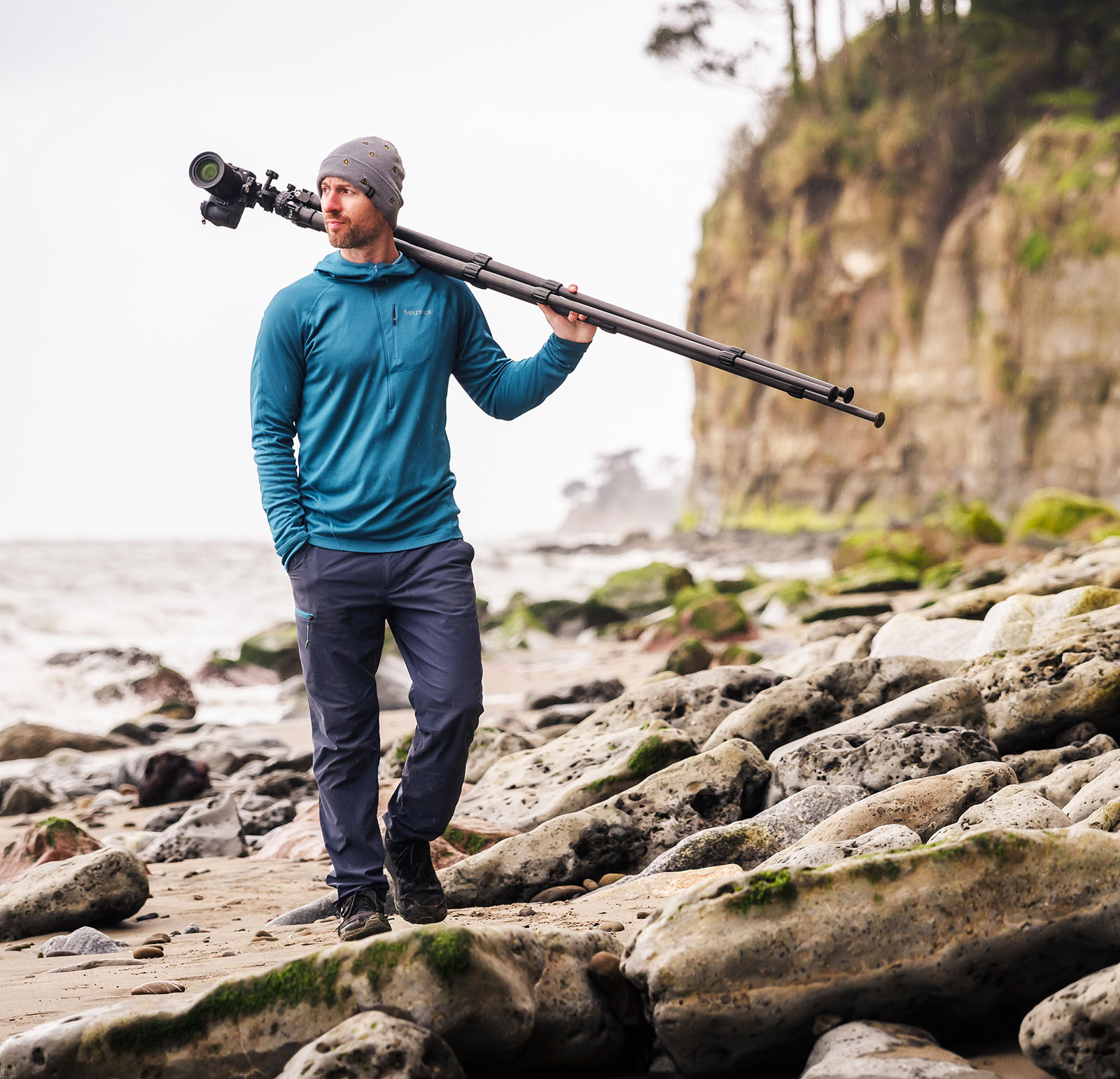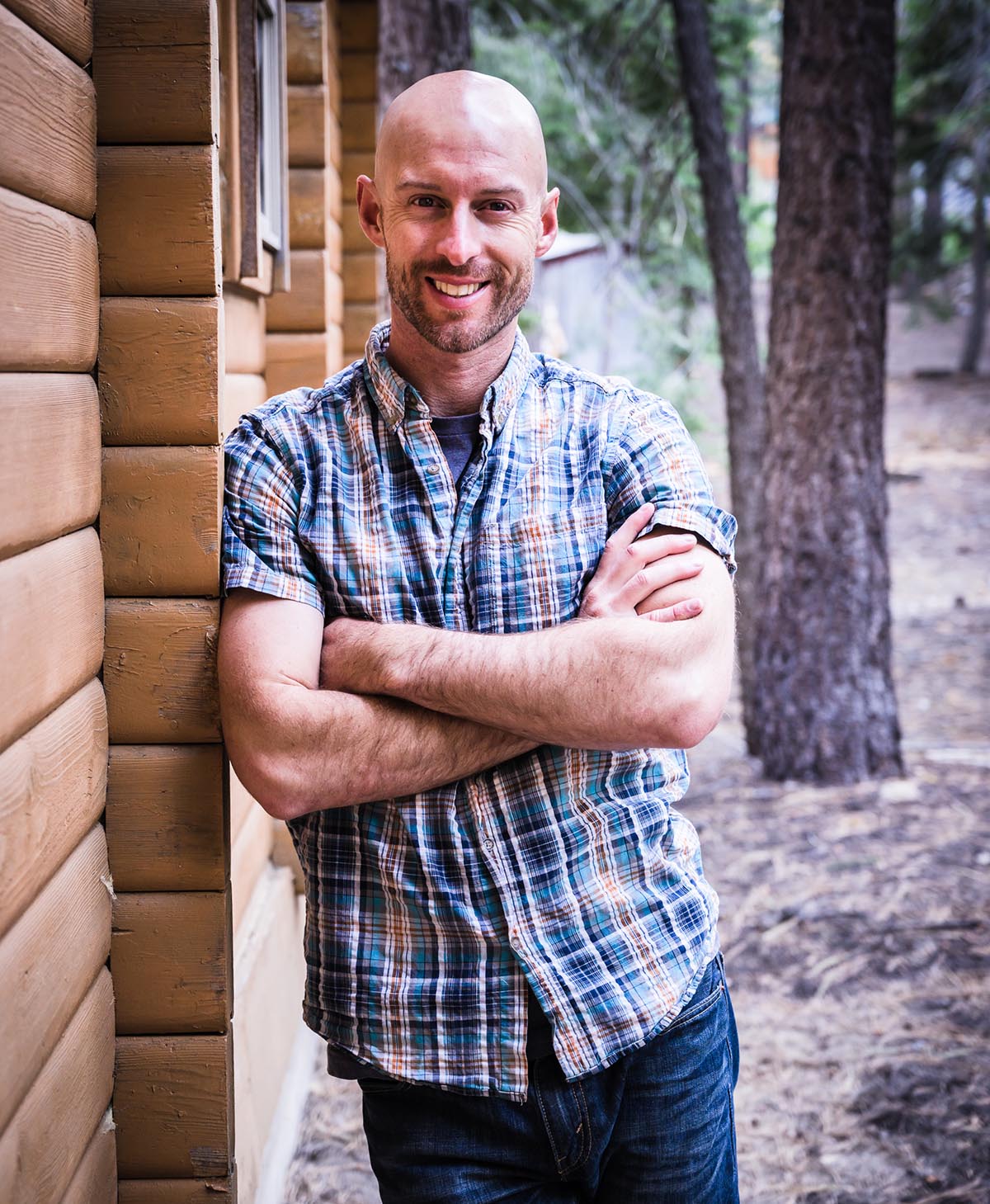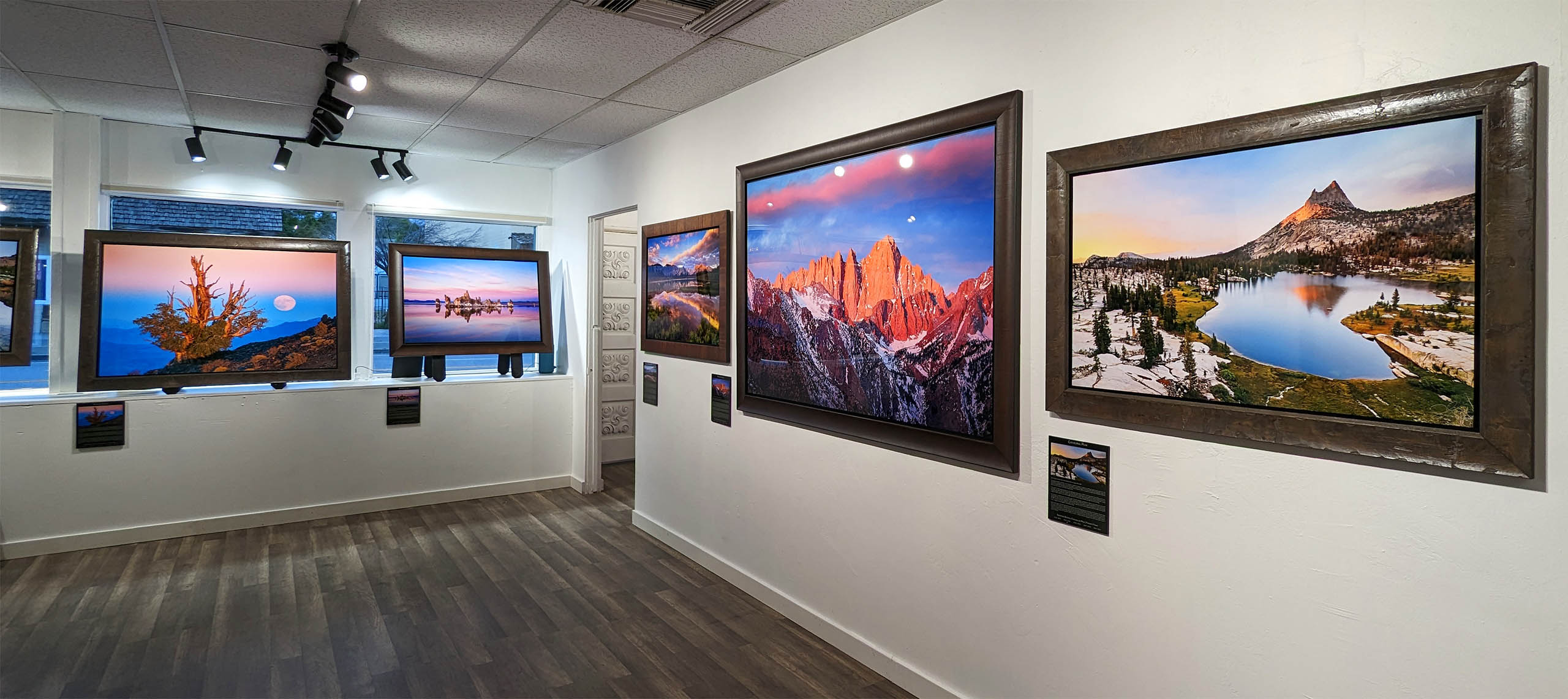What’s up, photo homies? (Phomies) What happens if you’d like to shoot some nice long exposures but either the light is too bright or you don’t have any filters? Well using the, ahem, “Cripps Method” 🙂 you can double, triple, or even 10-tuple your shutter speed without blowing out your image.
First, make sure you’re using a remote, get your camera on a tripod, and set the shooting mode to Continuous High. Then, in your Camera menu, head down to Multiple Exposure. For the Nikon shooters select Single Photo, Auto Gain On. For the Canon photographers use “Average” mode. Then crank the number of shots crank up as high as you can, mosh down on your remote, and let the camera do its thang!
During any long exposure you can think of the camera as taking an average of all the things going on in the scene during the exposure. This is why oceans, for example, look like mist in a long exposure: because the waves are moving and crashing everywhere and the camera is averaging all that out.
Well when you select the Auto Gain/Average function in the multiple exposure mode your camera is creating an average of all the photos you take, so it’s basically like creating a long exposure from a bunch of shorter ones. In other words, a single 20 second exposure looks exactly the same as 10 2-second exposures smashed together in camera.
Which means that if the longest shutter speed you can get to is 1/6 second, but you can take 6 shots in multiple exposure mode, well then you actually got yourself a 1 second equivalent shot. Or say you’re shooting something like a D810 that can take 10 ME shots. If you can get your shutter to 3 seconds but any brighter will blow the photo out, then in ME mode you can actually create a 30-second equivalent exposure.And this technique is infinitely expandable so if you can shoot a 30-second shot normally then in Multiple Exposure mode you can create a minutes-long photo. How friggin cool is that!??
And a word to the wise if you’re shooting something like clouds, make sure to turn of Long Exposure Noise Reduction, otherwise you’ll end up with gaps in the final image.
And there you have it; a quick and easy hack to open up your creative possibilities.


Joshua Cripps is a renowned landscape photographer who has garnered worldwide acclaim for his breathtaking images of our planet’s wild places. His photos have been published by the likes of National Geographic, NASA, CNN, BBC, and Nikon Global.

The Mt. Whitney Gallery was founded in 2023 by Joshua Cripps as a way to share his passion stunning landscapes of the Sierra Nevada and beyond.
Set at the foot of the breathtaking Sierra with a view of the range’s highest peaks, the gallery features large format, museum-caliber fine art prints of Josh’s signature photographs.
Course Login | Results Disclaimer | Terms and Conditions | Privacy Policy
© Copyright – Joshua Cripps Photography

18 Responses
Definitely wish I’d know about this, or even thought about it when I was in Venice a few weeks ago, without filters. I wanted to take photo of bobbing gondolas against still background – couldn’t do it, too bright. With this method I’d have cracked it. Better late than never though.
Hi Josh,
Are there any downsides to using this method? Why would I want to use an ND filter instead of this method?
Also thanks so much for your videos, they are absolutely fantastic! I’ve learned so much!
Hi Andre,
There are a few downsides to using this method: one is you can’t use Long Exposure NR, which may mean your final result will have some hot pixel issues. The other downside is simply that I find the more shots you are taking to produce a final result the higher the chances are you will mess something up. Generally speaking, as cool as this technique is I find it’s often better to keep things simple in order to avoid mistakes.
Take it easy and glad you’re enjoying the videos!!
Josh
Saaaaweeet!
Thank you !
Hello Josh,
I’m a new subscriber. Your videos on youtube are truly inspirational! Because of ill-health, I haven’t used my camera for about a year. I need to pick it up once more.
I have a Canon 7D, Would I be able to use the technique you describe in this tutorial? I must admit, I haven’t come across this technique before.
Francesco
Hi Francesco,
Thank so much for that kind comment! And I’m glad to hear you’ll be picking up the camera more. Unfortunately the 7D doesn’t have the multiple exposure mode I talk about in the video, so I’m afraid you won’t be able to use this technique. However, you can of course always use a solid ND filter to increase your shutter speed, or use Photoshop to combine multiple exposures in post for the same effect.
Good luck and have fun!
Josh
Does using this technique create a JPEG image even if you are set for RAW?
With Nikons it creates a raw file. I would assume the same is true for Canon but I don’t know that 100% for sure.
Hey Josh,
Is there something similar in Sony A7r?
Hey Pradeep,
Unfortunately I don’t know much about the Sony lineup, but I bet a quick Google search could turn up some answers.
Cheers,
J
Great tip! I wouldn’t have thought of it, but it makes perfect sense. Thanks!!!
Cheers, Don!
Hello!
thank you very much, i’ll try it!
What about, instead, of the post-processing of so many pictures to only one?
How can you do this?
Thank you!
Marco
Hey Marco, I don’t quite understand your question. When you use this method you do take many photos but your camera automatically combines them into a single photo in the end. Hopefully that’s an answer to your question!
ops! i didn’t understand that camera – after taking shots – combines pictures! i don’t know if my camera (canon 40d) can do this, i’ve never heard about!
now i understand what you mean!
if my camera wouldn’t i’ll find a method with PS.
thanks a lot!
Hey Marco,
I don’t think the 40D has this feature unfortunately. However, you can definitely do this in Photoshop. There are lots of articles on the web about exactly how.
Cheers,
Josh
This is really brilliant!
Thank you very much !
Thanks, Nikita! Glad you enjoyed it.